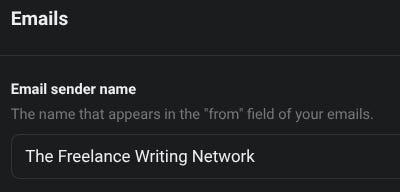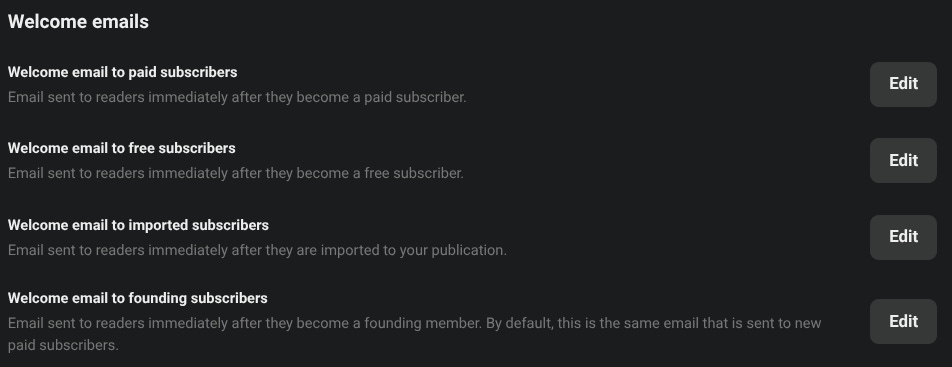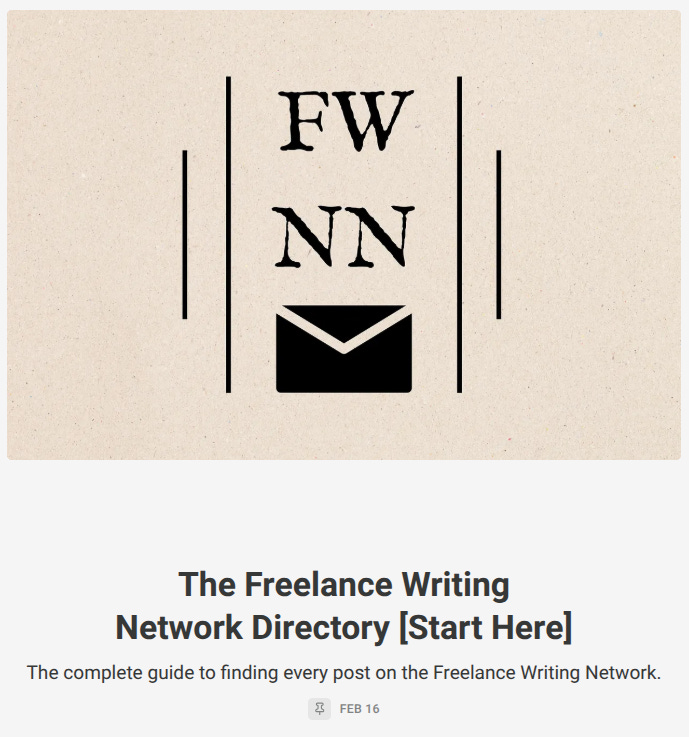Five overlooked details to enhance your Substack
Small, important details that change a reader's perception of your work.
When you start a Substack, much of what you obsess over will be what you’ll write and when you’ll send it. That’s fair, and of course important. But there are plenty of small choices that shape how readers see your work.
These aren’t always mentioned often, but they can leave a bigger impression than you’d think. They can help encourage new readers, and crucially get the subscribers you already have reading even more of your work.
Sender name
Your emails essentially have two hooks: the subject line, plus the name it comes from. Occasionally the subtitle if a subscriber expands the email.
You should be mindful of what your sender name looks like. Is it your personal name? The brand of your newsletter? You can choose anything you’d like, but it’s very often the first thing people see.
Pick a name that matches what you want people to remember. If the newsletter’s identity matters most, use the title. If you’re building around your voice, send it from your own name. Either way, make it deliberate. Everyone’s inbox is crowded in 2025, so you don’t want to look like a corporate memo!
Welcome email
Plenty of writers never touch their welcome email, which I think is a huge mistake. It’s the very first thing new subscribers see, which means it sets the tone for everything else. A bland auto-message tells them nothing about why they should stick around, or what they can expect.
Instead, write it yourself. Say hello, point to a post or two you’re proud of, and give them a sense of what’s coming next. It doesn’t need to be long! Think of it as an introduction, rather than a sales pitch. If selling is on your mind, you can always push that a little more later on.
Don’t overestimate what new subscribers know about your work: it’s probably not much!
Publication logo
Logos aren’t just for companies. Even a simple design helps readers recognise you in their inbox. A lot of writers leave the default blank, which makes their emails blur into the background. A square of colour, a simple graphic, or even a photo of something relevant does more than nothing.
When your posts show up on Substack, in emails, or when shared elsewhere, the logo ties them together. Readers like familiarity, and this is an easy way to add that.
I made the Freelance Writing Network’s logo on Canva in the space of about 10 minutes, but now it’s very much tied to the brand. I might redesign at some point, but I like the familiarity it gives me. Consider doing the same for your Substack - you don’t have to become a graphic designer to make something nice!
Post footers
The space at the bottom of your posts is prime real estate. By default, Substack leaves it completely empty. If you leave it untouched, you miss a natural place to guide readers.
You can use it to ask for: paid upgrades, shares, comments, reminders about events, re-explainers of your work, links to past posts - it’s completely up to you. But it’s a creative space that you can modify or leave alone as much as you’d like.
You can also have different footers for free and paid subscribers, so plenty of options to customise in different ways.
Archive navigation
If I have to scroll through an archive (on Substack it’s laid out in one horribly long list) to read your past work, I probably won’t bother. Other readers will feel the same.
I would always suggest creating a modified archive of your work. For me, that means a welcome page that sits at the centre of the website. It keeps everything together in one place, and makes finding old posts far easier than scrolling endlessly - plus you can sort by category and section.
You can find my archive navigation for the FWN here to see how they can look (and you can call it a directory or ‘Start Here’ page if you’d prefer).







I didn’t know I could add a footer to my posts! Can you share some examples of some good ones?